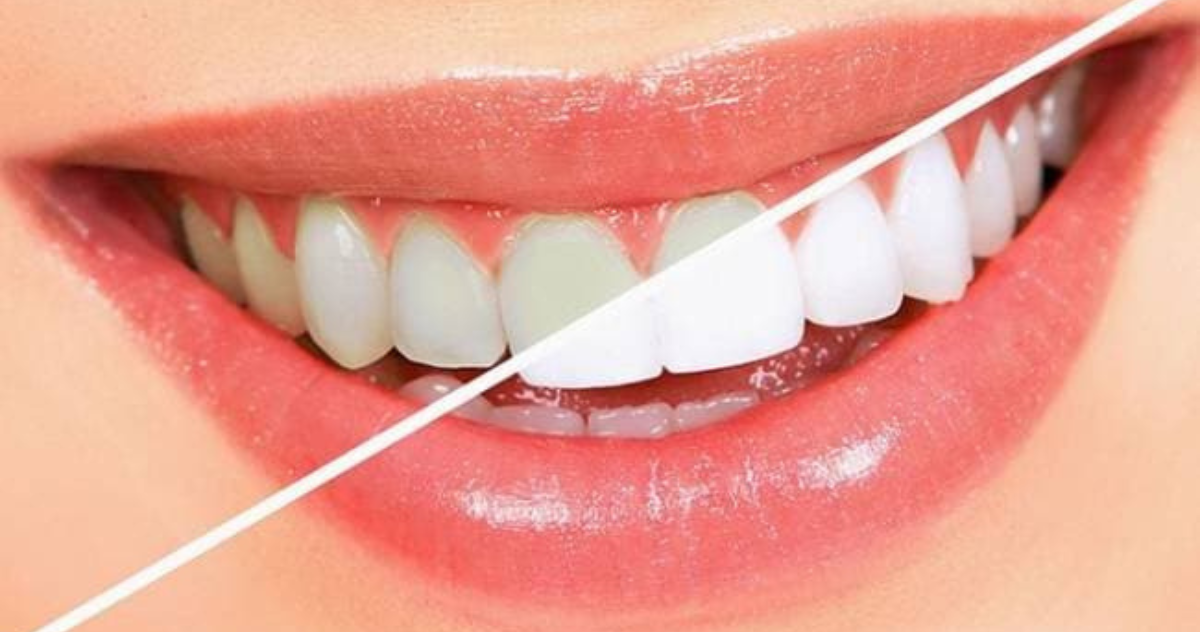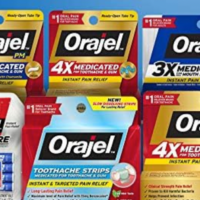Can you put bleach on your teeth? In the pursuit of a brighter, more dazzling smile, many individuals explore various avenues to whiten their teeth. While the market is flooded with options, it’s essential to navigate this terrain with caution, ensuring that the chosen method not only delivers the desired results but also safeguards the overall health of your teeth and gums. Unfortunately, a concerning trend has emerged involving the use of household bleach for teeth whitening, posing significant risks to oral health.
Can You Put Bleach On Your Teeth? Understanding the Pitfalls of Bleach
The straightforward answer to the question: Can you put bleach on your teeth is no! Now, the question is why? So, let’s start to discuss the reasons why using bleach is not safe, along with some alternatives for teeth whitening. Before delving into safer alternatives, it’s crucial to recognize why using bleach on your teeth is a perilous practice. Bleach, being a corrosive substance, can wreak havoc on the porous nature of your gums and teeth. Far from achieving the coveted whitening effects, this approach can lead to severe damage to the living tissues inside your mouth.
Reasons to Steer Clear of Bleach for Teeth Whitening
1. Teeth Hypersensitivity
Teeth whitening treatments, in general, can induce sensitivity, but bleaching intensifies this issue, causing heightened sensitivity to hot or cold foods and drinks.
2. Gum Irritation
Bleach, when used for brushing or whitening teeth, contributes to gum irritation, extending its effects to the throat. The corrosive nature of bleach can induce bleeding and discomfort in the gums.
3. Tooth Enamel Erosion
Excessive use of bleach in the quest for whiter teeth can result in the erosion of tooth enamel, the robust protective layer of your teeth. This erosion poses a significant threat to oral health, leading to increased tooth decay, pain, and the risk of fractures.
4. Dark, Translucent Teeth
Contrary to the desired whitening effect, bleach may darken teeth due to increased translucence. This unintended consequence can be disheartening for those seeking a brighter smile.
5. Damage to Crowns or Veneers
For individuals with porcelain crowns or veneers, the use of bleach can strip away the shiny surface glaze, dulling their appearance and potentially causing long-term damage.
Beyond the impact on oral health, the ingestion of even a small amount of bleach can lead to stomach irritation and vomiting, with larger quantities posing severe health risks.
Embracing Healthier Teeth Whitening Alternatives
Thankfully, there are safer and more effective alternatives to bleach for achieving a whiter smile.
1. Baking Soda
Gently brushing with baking soda can lighten teeth by a shade or two. Creating a thick paste with water can minimize the risk of scratching teeth while reducing stains and discolorations.
2. Whitening Toothpaste
Opt for whitening toothpaste containing low concentrations of hydrogen peroxide or carbamide peroxide, which, unlike bleach, can lighten teeth up to two shades. However, consistent use should be moderated to prevent tooth enamel erosion and dentin exposure.
3. Whitening Strips
Thin, flexible whitening strips containing peroxide instead of bleach conform to the shape of your teeth, offering a convenient and effective way to whiten your smile.
4. Whitening Mouth Rinses
Mouth rinses with ingredients like hydrogen peroxide provide a safe alternative for gradually lightening teeth over three months or more.
5. Professional Teeth Whitening
For those seeking more substantial results, consulting with a dentist is paramount.
6. Take-Home Custom Whitening Kit
Dentists can provide custom whitening kits for at-home use, incorporating custom-fitted trays and a whitening gel. The gel typically contains carbamide peroxide, delivering noticeable results within two weeks or longer.
7. Professional In-Office Whitening Treatment
For a swift and potent solution, professional in-office whitening treatments lasting about an hour utilize stronger whitening solutions administered via customized trays. Additional measures, such as light or heat, may be employed to enhance the whitening process.
Final Words: Can You Put Bleach On Your Teeth?
In conclusion, the pursuit of a whiter smile should prioritize methods that not only deliver results but also protect the well-being of your teeth and gums. Steering clear of bleach and opting for healthier alternatives ensures a radiant smile without compromising oral health. Remember, a vibrant smile is achievable through safe and effective means that prioritize the longevity of your pearly whites.



